On day 3 of HowTheLightGetsIn at Hay, an extraordinary panel of theoretical physicists debated the reality of the multiverse. Nobel prize-winner Roger Penrose, string theory pioneer Michio Kaku, and quantum gravity researcher Sabine Hossenfelder, argued over whether the idea that our universe is one of many can be taken to be a scientific claim, backed up by observational evidence, or whether it’s merely a popular fiction.
Our universe isn’t the only one. It’s one of many, an infinite number of other universes, some of which are very similar to our own with only minute differences, others in which space has more than three dimensions, and others still in which the laws of physics themselves are completely different. Sounds like a crackpot theory, something someone came up with when high on drugs. In fact, it’s a serious proposal by theoretical physicists and goes by the name the multiverse. But does the fact that it’s a theory put forward by scientists automatically make it scientific? Is there really observational evidence for it? Could there ever be? And if not, where does that leave the theory? Is it delegated back to crackpot fiction, or do we simply have to stretch our idea of what counts as a scientific theory?
An extraordinary panel of theoretical physicists including Noble prize winner Roger Penrose, string theory pioneer Michio Kaku, and foundations of physics researcher Sabine Hossenfelder, came together on the third day of HowTheLightGetsIn to debate the question of whether the theory of the multiverse is really based on evidence, or mere speculation. Whether it’s science or fiction. As usual with these big questions, it turned out there were no clear-cut answers.

The festival site of HowTheLightGetsIn at Hay, 2022
Michio Kaku kicked off the debate arguing that the multiverse is in fact the best way to explain our most successful scientific theory: quantum mechanics. The entire global economy is based on the ability of electrons to be in a state of superposition, in two or more states at the same time. Semiconductors which make up computers and mobile phones, run on the principles of quantum mechanics. So, if the multiverse is the best way to make sense of quantum mechanics, then surely the multiverse must be real?
___
___
Sabine Hossenfelder remained unconvinced. For her the multiverse is a result of physicists ending up believing that the elegance of the mathematics of certain theories means the theories are real. That’s not to say, though, that theories like that of the multiverse are mere fiction. It’s a false dichotomy to say that a theory is either science or comic book material (the multiverse has famously featured in marvel comics). Even if at this point in time it’s merely speculation, it could be fruitful speculation, leading to future scientific developments. It might even become possible to experimentally test the multiverse theory sometime in the future. But for the meantime, calling it a scientific theory is misleading.
___
___







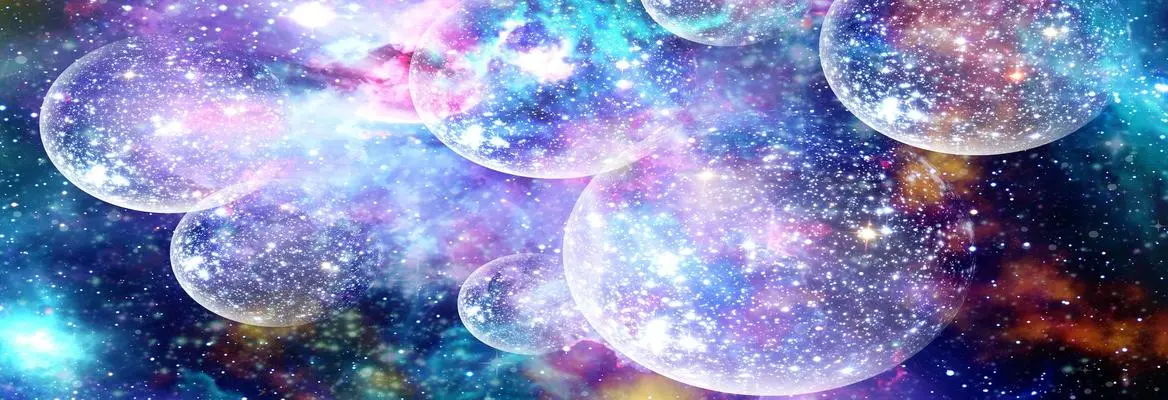


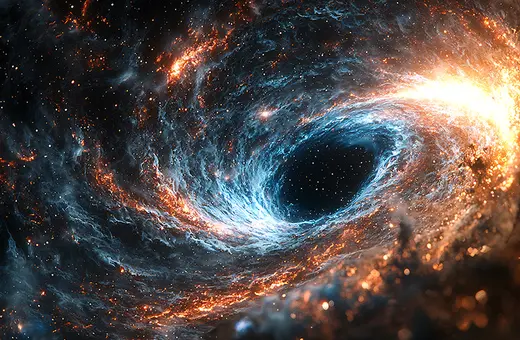


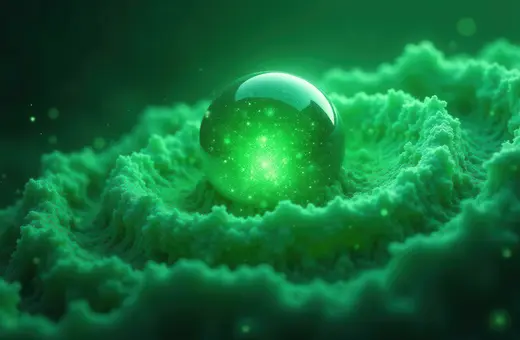
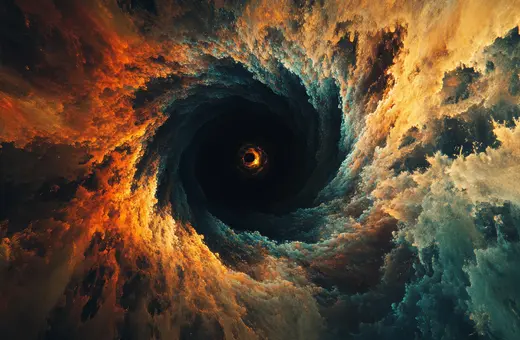


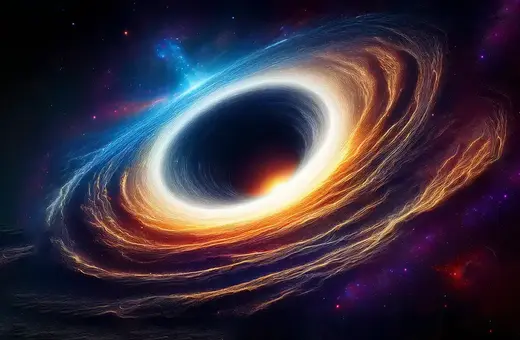



Join the conversation